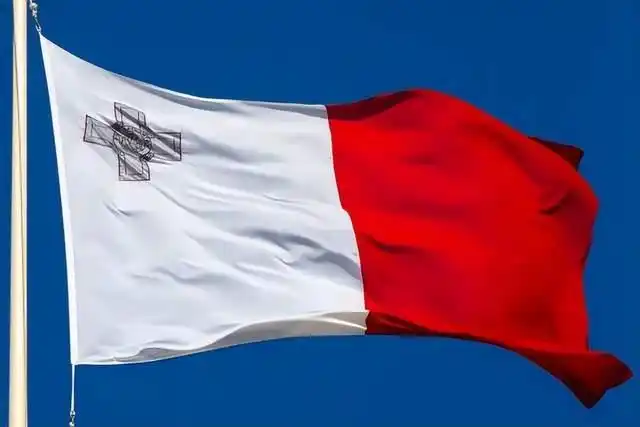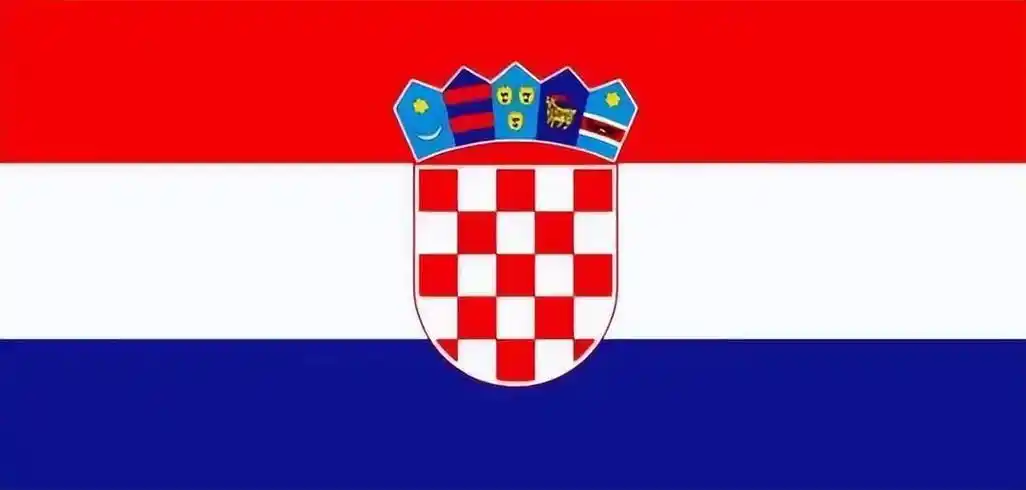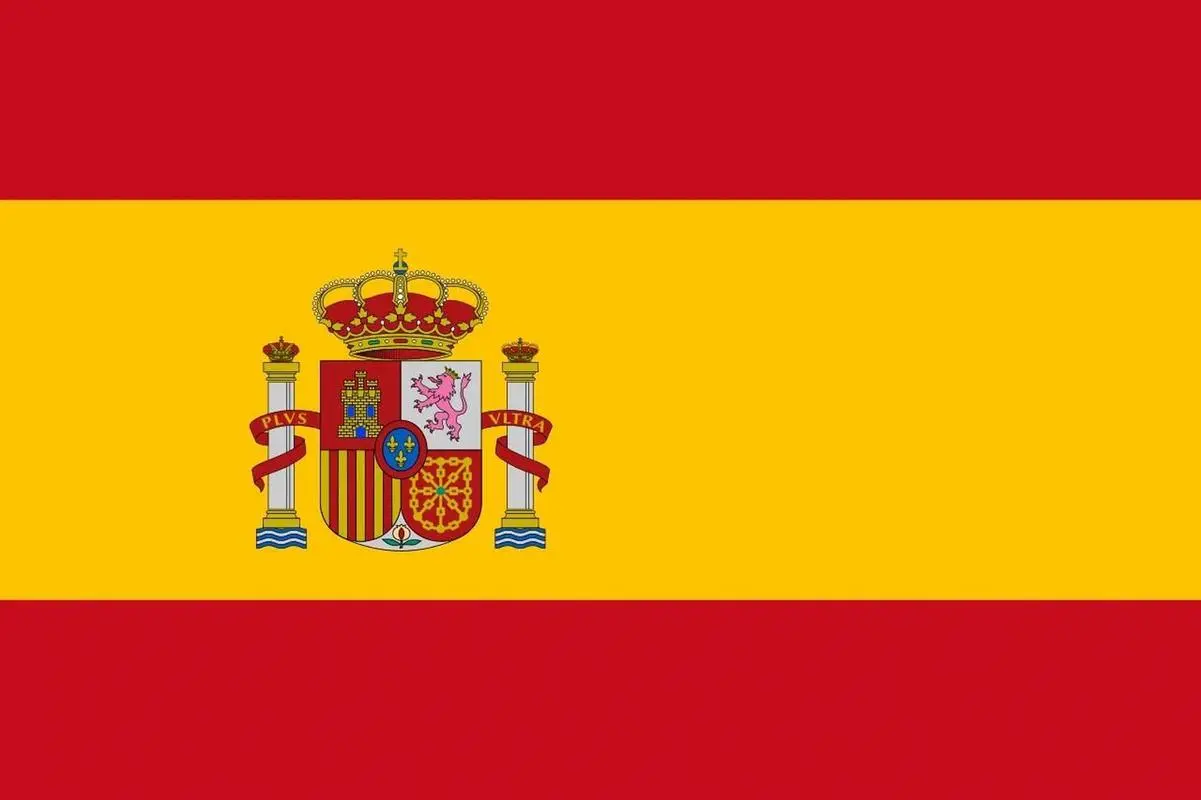Overview of Investment in Romania

Overview of Investment in Romania
Overview of Romania
Romania (Romania) is a country located in the northern part of the Balkan Peninsula in Southeast Europe, with Bucharest as its capital. It has a land area of 238000 square kilometers and a population of approximately 19.05 million (2023 data). Here is its core overview:
1. Geography and Climate
Location and neighboring countries: bordered by Ukraine and Moldova to the north, Bulgaria to the south, Serbia and Hungary to the southwest, Black Sea to the southeast, with a coastline of 245 kilometers.
Terrain: Plains, mountains, and hills each account for about one-third, with the Carpathian Mountains dominating the central region. The Danube River flows through the area for 1075 kilometers, forming the main water system.
Climate: Temperate continental climate, with an average temperature of about 2 ℃ in January and about 23 ℃ in July, and distinct four seasons.
2. Population and ethnicity
Ethnic composition: Romanians account for 89.3%, while Hungarians (6%) and Roma (3.4%) are the main ethnic minorities. The official language is Romanian, and Hungarian is a minority language.
Religion: Eastern Orthodox (86.5%) and Roman Catholic (4.6%) are the main religions.
3. Historical evolution
Early history: The Dacians were ancestors and formed the Romanian nation after being conquered by the Roman Empire in 106 AD.
Modern unification: Wallachia merged with Moldova in 1859, and Transylvania merged in 1918 to form a unified country.
Modern Politics: The People's Republic was established in 1947, the Ceau ș escu regime was overthrown in 1989, NATO joined in 2004, and the European Union joined in 2007.
4. Politics and Economy
Political system: Republican system, the current constitution establishes the principle of separation of powers. The current president is Klaus Johannes (re elected in 2019).
Economy: Emerging industrial countries, with a GDP of 323.17 billion euros and a per capita of 10300 euros in 2023. Rich in oil and natural gas resources, with great agricultural potential.
5. Culture and Nature
Tourist resources: The Danube Delta, Carpathian Mountains, and Black Sea beaches are famous attractions, and Constanta is an important port city.
Ethnic issue: There is a historical conflict between the Hungarian ethnic group in Transylvania and the Romanian government, involving disputes over language and cultural policies.
Summary: Romania is an EU member state with both natural scenery and complex history. Its economy has steadily developed, but ethnic issues and international relations (such as recent controversies over Taiwan related remarks) remain the focus of its domestic and foreign policies.
The economic profile of Romania can be described in detail from aspects such as GDP, economic growth rate, major industries, and trade situation.
GDP and economic growth rate
In 2024, Romania's Gross Domestic Product (GDP) was 385 billion US dollars, a year-on-year increase of 0.9%. Despite the lower economic growth rate in 2024, the Romanian government expects an economic growth rate of 2.5% in 2025.
Main industries
Romania's economy is mainly composed of agriculture, industry, and service industries. In terms of agriculture, due to the impact of drought, wheat production will decrease in 2024, and corn and sunflower seed production will also experience double-digit declines. In terms of industry, wholesale and retail trade, motor vehicle and motorcycle repair, transportation and warehousing, hotels and restaurants, and other industries account for a relatively large proportion of GDP and have shown certain growth. The service industry is also an important component of the economy, with slower growth in areas such as public management and defense, public social insurance, education, health, and social assistance.
Trade situation
Romania is one of the major food exporting countries of the European Union, especially wheat, corn, and sunflower seeds. However, due to the impact of drought, the export volume of these products has decreased in 2024. Nevertheless, Romania remains the largest exporter of soft wheat to the European Union. In international trade, Romania has close trade relations with other EU countries, especially with Germany, Italy, and France.
The investment prospects in Romania are generally very optimistic, especially in the fields of renewable energy, transportation infrastructure, IT, and high-tech.
renewable energy
Romania is actively transitioning to renewable energy, with the government focusing on energy security and reducing energy costs. Foreign investors can participate in projects such as wind farms, solar parks, and efficient energy storage technologies. Romania has abundant wind and solar energy resources, especially along the Danube River and the Black Sea region, which have attracted many international companies to invest.
Transportation and Infrastructure
Romania's transportation and infrastructure projects are mainly supported by European funds, including the modernization of roads, railways, and ports. These projects will improve Romania's connectivity with the international market, reduce logistics costs, and make it a strategic location for companies seeking investment in production, distribution, and export.
IT and high-tech fields
The IT industry in Romania is developing rapidly, and Bucharest and Cluj have become well-known technology centers in Europe. Romania has a rich pool of engineers and technical talents, with low labor costs, making the country an ideal choice for establishing technology companies or outsourcing services, especially in areas such as artificial intelligence, automation, robotics, and cybersecurity.
Policy support and market potential
The Romanian government offers various preferential policies, including tax incentives, subsidies, and exemptions, to attract foreign investment. In addition, Romania has enormous market potential and the consumer market continues to grow, especially with strong demand for commercial real estate and high-end residential properties.




